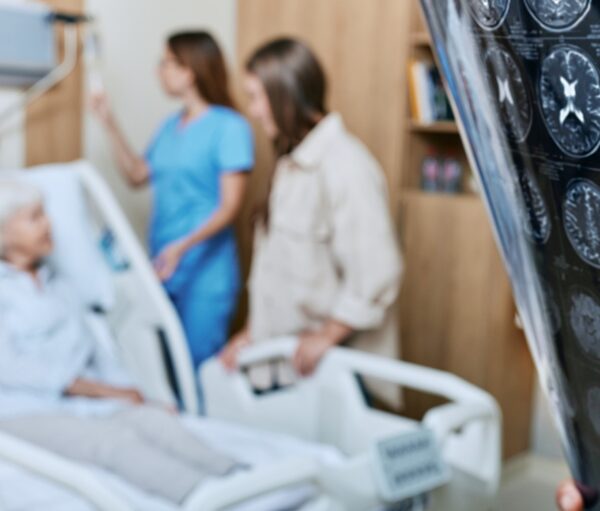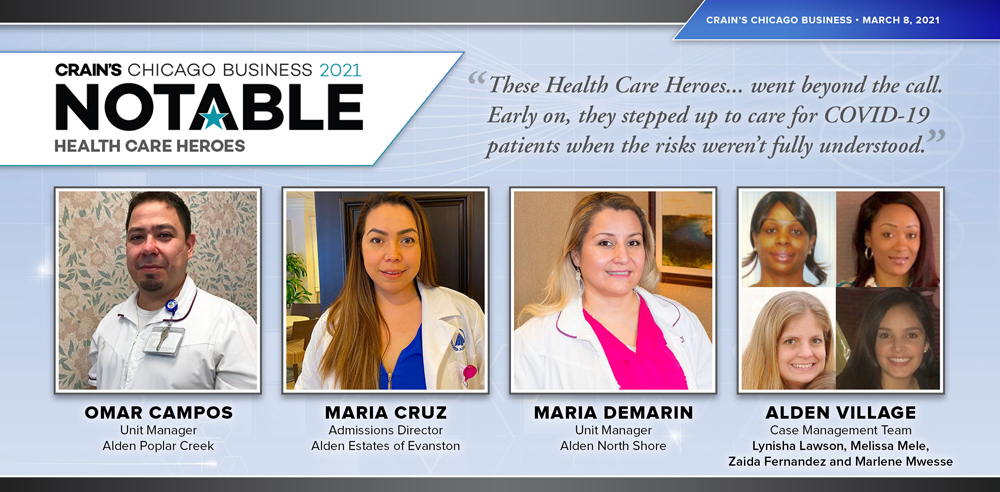BE FAST at the Signs of a Stroke

Each year almost 800,000 people in the United States have a stroke and about two-thirds are strokes in individuals who have never had one before. That means about every 40 seconds or so, someone has a stroke. Although the risk of stroke increases with age, nearly 40% of those hospitalized are younger than 65.
While a stroke can be scary, treatments and survivability have improved over the years. The key to recovery is early intervention – and that relies on recognizing the signs of a stroke and BE FAST.
BE FAST is the updated acronym to help bystanders recognize the symptoms of a stroke. The original FAST prompt didn’t always capture the signs of an acute ischemic stroke; the revised mnemonic helps recognize the 14% of strokes that could be missed.
The abbreviation stands for:
Balance: Check to see if a person is having trouble with their balance or issues with coordination.
Eyesight: Ask about their vision. Specifically, do they have blurred, double vision, or a sudden loss of vision in one or both eyes without pain.
Face: Look at the face to see if one side is drooping or if it is numb. One quick way to check is to ask the person to smile. If the smile is uneven, then it could be due to a stroke.
Arms: Have the person raise both arms. Look for signs if one arm is weak or numb, like one arm drifting downward or not rising.
Speech: Listen for speech that is slurred or difficult to understand; sometimes the individual won’t be able to speak. Check speech by asking the person to repeat a simple sentence (like “The sky is blue”). Is the sentence repeated correctly?
Time: Call 9-1-1. Even if the symptoms appear to go away, it’s critical to get emergency help immediately for the best possible outcomes.
Other symptoms to consider include confusion and a severe headache.
If you think someone is having a stroke, try to note the time the symptoms began and share with medical professionals. This information will help them determine the best treatment possible.
Stroke is treatable. It’s also preventable. With a healthy diet, regular exercise, annual check-ups, and a smoke-free lifestyle, about 80% of strokes can be prevented. So, be prepared by knowing the signs of a stroke, but invest in preventing it in the first place.


